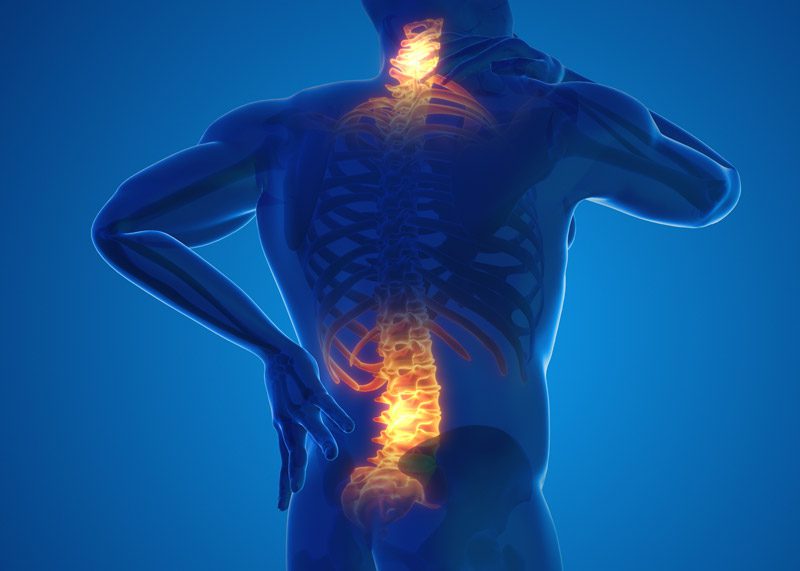

Chronic pain is a complex condition that affects millions of people worldwide. Chronic pain persists for more than three months, and can have a significant impact on a person’s quality of life, mood, and physical functioning. Chronic pain is often difficult to treat and manage and may require a multifaceted approach involving different therapies and interventions. One such intervention is spinal cord stimulation (SCS), a minimally invasive procedure that involves the use of a small device to manage chronic pain.
What is Spinal Cord Stimulation?
Spinal cord stimulation is a procedure that uses a small device called a spinal cord stimulator (SCS) to manage chronic pain. The SCS device is implanted under the skin and sends mild electrical impulses to the spinal cord. These impulses interfere with the transmission of pain signals to the brain, reducing the sensation of pain. The electrical impulses can be adjusted to target specific areas of the body, depending on the location of the pain.
Spinal cord stimulation is often used to treat chronic pain conditions such as back pain, neck pain, and nerve pain. It’s also used to manage pain in people who have not responded to other treatments, such as medications, physical therapy, or surgery. SCS is considered a safe and effective treatment for chronic pain, with a success rate of around 50-70%.

How Spinal Cord Stimulation Works
Spinal cord stimulation works by interrupting the transmission of pain signals to the brain. When the SCS device is activated, it sends electrical impulses to the spinal cord, which interfere with the pain signals traveling up to the brain. This interference reduces the sensation of pain and can provide significant relief for people with chronic pain.
The SCS device consists of two parts: a small generator and thin wires called electrodes. The generator is implanted under the skin, typically in the abdomen or buttocks, and is connected to the electrodes, which are placed between the spinal cord and vertebrae. The generator sends electrical impulses to the electrodes, which in turn send the impulses to the spinal cord.
The electrical impulses generated by the SCS device are not painful, and are often described as a tingling or buzzing sensation. The strength and frequency of the electrical impulses can be adjusted using a remote control, allowing the patient to customize the level of stimulation to their specific needs.
The Benefits of Spinal Cord Stimulation
Spinal cord stimulation offers several benefits for people with chronic pain. It’s a minimally invasive procedure that can be done on an outpatient basis, which means patients can return home the same day as the procedure. SCS is also reversible, meaning that the device can be removed if it is not effective or if the patient experiences side effects.
When treating pain, Dr. Alireza Bozorgi takes a multidisciplinary approach and may create a treatment plan that involves multiple types of therapies for maximum effect.
Potential Risks And Side Effects
Spinal cord stimulation has a relatively low risk of side effects. The most common side effects are mild and temporary, such as soreness at the implant site or a tingling sensation in the area where the electrical impulses are delivered.


